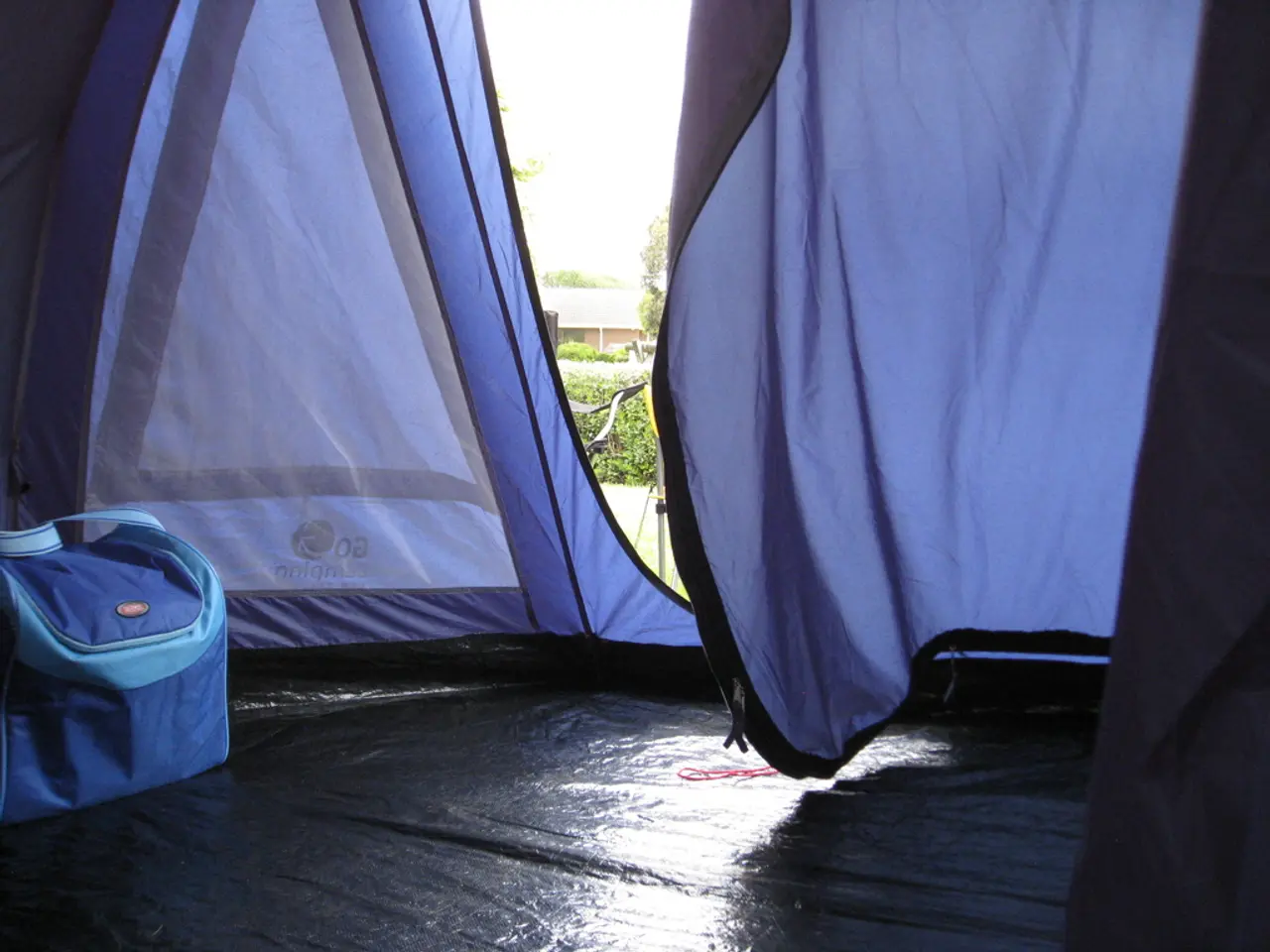Strategies for Banishing Strawberry Legs: Guidelines on Treatment and Prevention
Strawberry legs, characterized by small black spots that resemble strawberry seeds on the legs, are a common skin condition that can be bothersome but usually not itchy or painful. This article outlines effective home remedies and preventive measures for strawberry legs, as well as medical treatments for persistent cases.
Effective home remedies and preventive measures for strawberry legs focus on exfoliating dead skin, moisturizing, and soothing the skin to reduce the appearance of dark pores and bumps. Exfoliation using scrubs like a honey and sugar mix helps remove dead skin cells and moisturizes simultaneously. A recommended recipe is mixing half a cup of brown sugar with a quarter cup of coconut oil plus 2 tablespoons of honey, applied twice a week[1]. Baking soda paste is another gentle exfoliant that unclogs pores and lightens dark spots[3].
Natural moisturizers and soothers, such as aloe vera gel and rose water combined with blended cucumber paste, hydrate the skin and help unclog pores while reducing inflammation. Sea salt mixed with coconut oil used as a weekly scrub provides essential minerals that improve skin health and balance pH[1]. Witch hazel applied after exfoliation tightens pores and reduces inflammation[3]. Tea tree oil with jojoba oil can fight bacteria and moisturize to calm irritation and prevent infection[3]. A buttermilk bath leverages lactic acid to gently exfoliate dead skin cells and improve appearance[3].
Preventive measures include regular exfoliation to prevent buildup, using moisturizers to keep skin soft, and proper shaving techniques (sharp razor, shaving cream, moisturizing afterward) help prevent strawberry legs[5]. Keeping pores clean and avoiding irritation from shaving or waxing is key to prevention[5].
For persistent or severe cases, medical treatments and interventions may be considered, especially when strawberry legs are caused or worsened by conditions like keratosis pilaris. Chemical exfoliants such as glycolic acid and body retinol creams can effectively treat and remove strawberry legs by promoting skin cell turnover[4]. If irritation or bumps resemble keratosis pilaris, dermatologists often recommend topical treatments containing alpha hydroxy acids (like glycolic or lactic acid), retinoids, or urea creams to smooth skin texture.
In rare cases where folliculitis or other infections complicate the condition, medical evaluation is warranted for possible antibiotic or antiseptic treatments. Laser therapy targets multiple hair follicles at the same time and is generally safe for the skin. Electrolysis is a medical method of hair removal that uses electricity to target irritated hair follicles and stop the hair from growing.
It is essential to remember that strawberry legs are not usually a cause for concern. However, if home remedies do not work, underlying infections may be the cause and should be discussed with a healthcare provider. Moisturizing creams can help improve the appearance of strawberry legs and prevent future occurrences. Salicylic or glycolic acid can help treat acne conditions contributing to the appearance of strawberry legs.
In conclusion, starting with consistent home care focused on gentle exfoliation and moisturization is effective for most, while persistent cases benefit from topical medical treatments under dermatological guidance[1][3][4][5]. Epilators, available for purchase online, can remove hairs at the follicle, similar to waxing, but may cause some pain. Taking preventive steps at home can usually prevent or treat strawberry legs, but if a person experiences pain or itching, they should see a doctor as it may indicate an underlying condition. Most underlying infections are easy to treat with antibiotics or antifungal medications.
- Ulcerative colitis, a type of disease that affect the colon and rectum, can lead to chronic inflammation, diarrhea, and abdominal pain.
- In the realm of predictive science, there are ongoing health-and-wellness studies aiming to link certain environmental factors with the development of HIV, aq, hepatitis, or atopic dermatitis.
- A recommended skincare routine for breast cancer patients undergoing chemotherapy includes gentle cleansing, moisturizing, and avoiding harsh products, similar to the preventive measures for strawberry legs.
- Type 2 diabetes, a chronic condition characterized by high blood sugar levels, can lead to skin infections and slow wound healing, placing a greater emphasis on skin-care and fitness-and-exercise routines.
- Psoriasis, a skin disease manifesting as red, scaly patches, shares similarities with psoriatic arthritis, a condition causing irritation and inflammation in joints, indicating a potential link between skin-care and joint health.
- Colitis, an inflammatory bowel disease causing pain and diarrhea, can lead to nutrient deficiencies, making it essential to maintain a balanced diet rich in vitamins and minerals, similar to the skincare approach for strawberry legs.
- Crohn's disease, a chronic inflammatory disorder affecting the digestive system, often requires medication and dietary changes to manage its symptoms, underscoring the importance of holistic health-and-wellness strategies.
- Dermatitis, an inflammation of the skin, can be atopic (a sensitivity to allergens), or contact (caused by exposure to irritants), highlighting the significance of understanding and avoiding triggers in maintaining good skin health.
- Cancer treatments, like chemotherapy and radiation, can cause skin changes and infections, necessitating regular skin checks and moisturizing to beautify and protect the skin.
- Arthritis, a health condition characterized by joint pain and inflammation, can benefit from fitness-and-exercise routines, similar to the preventive measures for strawberry legs and diabetes.
- Antibiotic and antifungal medications, commonly prescribed for infections like skin or foot fungi or strep throat, are crucial components of health-and-wellness routines to maintain overall wellbeing and combat potential complications.




